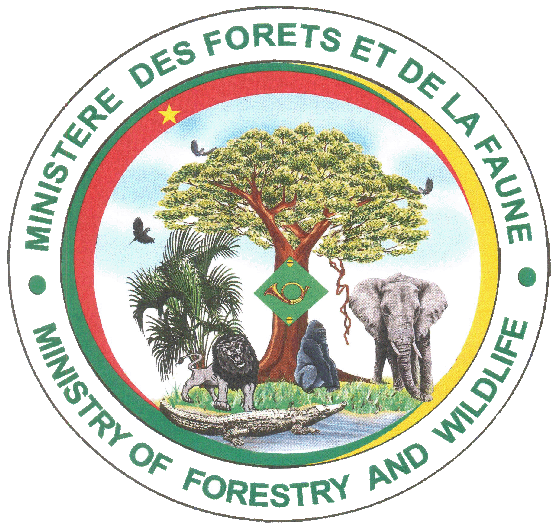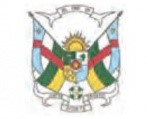Congo
Nouabalé Ndoki National Park
ocated at the extreme northern part of the Republic of Congo, Nouabalé Ndoki National Park covers about 4,000 km2, covered with primary forests. It was created in 1993 and is one of the largest forest areas reserves of West Central Africa. The park covers about 2% of Congo’s forests.
This area has never been exploited by logging companies and has interesting botanical and biological interest.

Rich in flora and fauna, the park has many species of large mammals such as elephants, western lowland gorillas, chimpanzees, panthers; bush pigs, buffaloes, etc. It also contains more than 300 bird species; 1000 plants species and a rich diversity of forests.
Some Swamps in flooded forest are home to different species such as the blue yellow and black front backed duikers. The three species of African crocodiles live in the national park, where freshwater turtles frequent the marshes and bay.
The area protected by the Nouabalé-Ndoki National Park is one of the last regions in central Africa where elephants are protected from poachers. Conservation and studies of animals and plants are performed by Wildlife Conservation Society (WCS), in collaboration with the Congolese government. Inside the park transportation is through 4-wheel drive vehicles, by canoe and on foot with guides and trackers. On foot tracking is organized in the forest, around Mbeli Bay,
Over the past 10 years, park activities are focused on the development and implementation of effective systems and protection strategies, research, monitoring and administration, significant capacity building programs including an adaptive management of structures and personnel in place to respond to emerging threats in the landscape.
Ranked as one of the many forest management units constituting the forest area of Congo, the area was surrounded by natural boundaries, except at its southern and western boundaries. The western boundary is the international border with the Central African Republic (CAR); the southern boundary is an East-West oriented straight line.
Nouabalé-Ndoki National Park is of great importance as an intact forest block which will remain as an isle in the ocean of forest concessions in Central Africa. It represents an intact ecosystem; the last human occupation of the site dates back to 600-900 years.
The research conducted in the National Park by Wildlife Conservation Society showed no signs of recent human habitation in the area, not even the oil palm which often indicates abandoned villages in the heart of the forest with a closed canopy.
In the last decade, all the land around these national parks was attributed to logging companies and the network of roads has completely surrounded what were once very isolated forest blocks. These roads provide easy access by car (or walk) to the once-remote areas.
According to researchers, the Nouabalé-Ndoki National Park is remarkable for the confidence shown by most animal species with regards to man. Many generations of large mammals have never seen a human poacher and they show a naive behaviour when meeting men.








